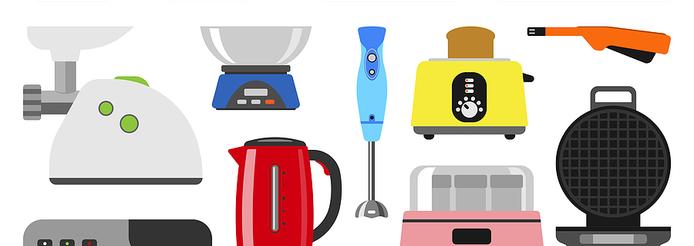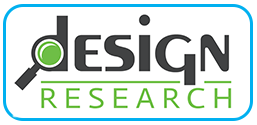“After searching for data on home décor styling trends, Assortment Styler was the only report with details on how Americans decorate their homes. The report gave us the competitive advantage across multiple titles of knowing the top home décor styles and historical and future trends.”

How Do You Know?
How much thought do you give to the colors of your products? How about the color of your logo? Your packaging? How many years has it been since you’ve changed your colors? What do your colors communicate about you to your consumers?
In a recent article in the New York Times the director of Concept Design and Strategy for New Balance said “Between 70 and 90 percent of subconscious judgement on a product is made in a few seconds on color alone. It can excite or calm us, it can raise our blood pressure. It’s really powerful.”
We agree. We also see the huge challenge to marketers in that statement. How to tell what color is right for your brand and products? What do you want your colors to communicate? Who do you want them to appeal to? Is your product one that stands alone or does it appear in context in the home? Do consumers want to match it to their kitchen décor or does that not matter because it is used and put away? And, perhaps most perplexing of all, how do you make an informed color decision?
We named our company Design Research because our unique expertise lies in uniting design, of which color is a huge factor, with all other aspects of products and marketing. We have a basket of tools to help you to select the right color or colors for your products and communications. Here are some of the things we can do for you to inform your color choices:
- Attitude, Awareness and Usage Studies – These are studies of consumers that are designed to learn everything about a product category including what consumers own, what they use, how they use it and what they think about the category. We often integrate this information with detailed design and color information so that we can deliver an understanding of the role and importance of color to consumers of the product category.
- Segmentation Studies – Think of these as three dimensional Attitude, Awareness and Usage studies. In this case we add extra questions to an AA&U to identify segments of consumers who use products differently for various reasons. We often include design and color questions in these studies so that we can link design and color preferences to specific segments. Thus a segmentation study might identify different needs and wants for younger households than for established households and it might identify different design and color preferences for different household types, thus giving you a way to target one or more market segments.
- Product Design and Concept Studies – These are studies in which design – and thereby color- is the focus of the study. We generally test a number of designs, sometimes in multiple color ways, to identify which designs and colors consumers prefer. We do these studies in various contexts – in decorative design categories where design itself is the end product we do these to select which among a variety of designs to introduce; in other studies we might be selecting the single best design to introduce.
- TURF Studies – Here we are called on to figure out which color is the best alternative for which consumer or retailer. This enables our clients to create different color ways for different consumer segments or for different retailers. Typically the client will have a set of standard colors that are most popular and then will offer “custom” colors to their largest retailers for exclusive distribution. Thus a simple color change broadens the appeal to the retailer and the retailer is assured that the set of custom colors is exactly right for their customer audience.
Please let us know your color or design challenges and we’ll be happy to recommend the solution that is best for your situation. Call 609.896.1108 or email us today for a no obligation conversation or proposal. Rick@designres.com Janine@designres.com We’re always happy to help!



